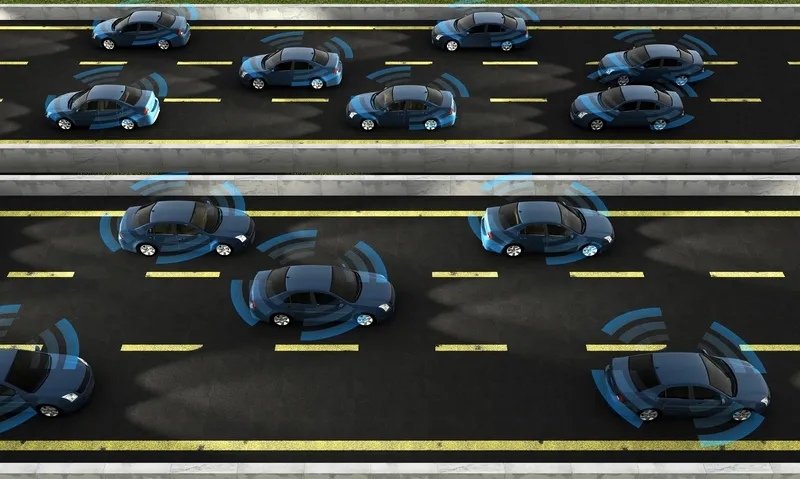The Intelligent Transportation Society of America (ITS America) has signalled its approval of the introduction of the Future Transportation Research and Innovation for Prosperity (Future TRIP) Act.
Proposed by US Congressman Dan Lipinski, the (Future TRIP) Act would create a research and development framework around the implementation of autonomous and connected vehicles.
ITS America president and CEO, Regina Hopper, said, "ITS America's members would like to thank Congressman Dan Lipinski for introdu
June 30, 2015
Read time: 2 mins
The Intelligent Transportation Society of America (560 ITS America) has signalled its approval of the introduction of the Future Transportation Research and Innovation for Prosperity (Future TRIP) Act.
Proposed by US Congressman Dan Lipinski, the (Future TRIP) Act would create a research and development framework around the implementation of autonomous and connected vehicles.
ITS America president and CEO, Regina Hopper, said, "ITS America's members would like to thank Congressman Dan Lipinski for introducing the Future TRIP Act, which outlines a roadmap for critical research into the future of connected and automated vehicles and other intelligent transportation systems (ITS) that are redefining transportation. These technologies will have a transformative impact on our society by dramatically reducing vehicle crashes, improving mobility and access to transportation services for all Americans, decreasing traffic congestion and freight bottlenecks, and creating a more seamless, efficient and cost-effective transportation network.
“The bill also recognises the importance of protecting the 5.9 GHz band of spectrum that was set aside for vehicle-to-vehicle (V2V) communication, and ensures that efforts to free up additional airwaves do not jeopardize the future of this life-saving technology. The high-tech transportation revolution is already making our lives better, and ITS America's members are eager to work with Rep. Lipinski and other Members of Congress to support smart policy proposals like the Future TRIP Act, and provide critical funding for ITS research including connected and automated vehicles so we can accelerate the availability of these game changing technologies."
Proposed by US Congressman Dan Lipinski, the (Future TRIP) Act would create a research and development framework around the implementation of autonomous and connected vehicles.
ITS America president and CEO, Regina Hopper, said, "ITS America's members would like to thank Congressman Dan Lipinski for introducing the Future TRIP Act, which outlines a roadmap for critical research into the future of connected and automated vehicles and other intelligent transportation systems (ITS) that are redefining transportation. These technologies will have a transformative impact on our society by dramatically reducing vehicle crashes, improving mobility and access to transportation services for all Americans, decreasing traffic congestion and freight bottlenecks, and creating a more seamless, efficient and cost-effective transportation network.
“The bill also recognises the importance of protecting the 5.9 GHz band of spectrum that was set aside for vehicle-to-vehicle (V2V) communication, and ensures that efforts to free up additional airwaves do not jeopardize the future of this life-saving technology. The high-tech transportation revolution is already making our lives better, and ITS America's members are eager to work with Rep. Lipinski and other Members of Congress to support smart policy proposals like the Future TRIP Act, and provide critical funding for ITS research including connected and automated vehicles so we can accelerate the availability of these game changing technologies."







